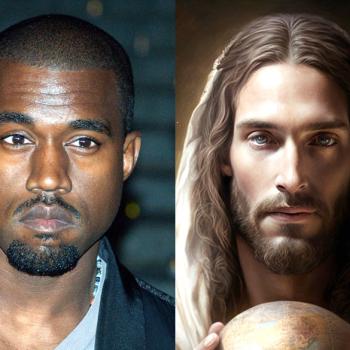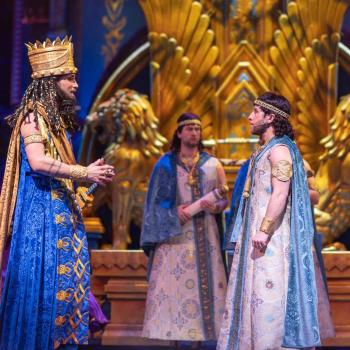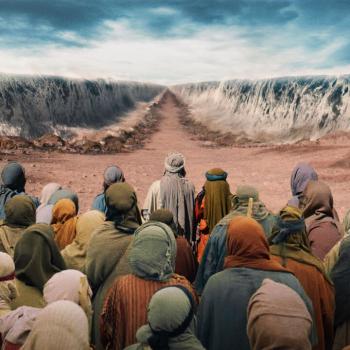Featherstone once again. He points out that sometime in the 18th century, upper class culture divided from lower class culture: “in 1500 the educated strata despised the common people although they shared their culture. Yet by 1800 their descendants had ceased to join spontaneously in popular culture and were rediscovering it as something exotic and interesting” – the carnivalesque popular culture of “folksongs, folktales, devotional images, mystery plays, chapbooks, fairs, and festivals.” Romantics and bohemians reveled in the spectacle of popular culture, but the revulsion among the upper classes was captured by Frederick the Great’s complaint about the mixing and transgression of social boundaries found in “the abominable works of Shakespeare,” which are “ridiculous farces worthy of the savages in Canada.”
A thesis: Modernity is the controlled (Apollonian) culture of the aristocratic classes, intellectually expressed in the refinements of urban Enlightenment (who meet to discourse in coffee houses, not taverns). Movements of counter-modernity (romanticism, bohemianism, postmodernism) are Dionysian pop culture explosions from below.















